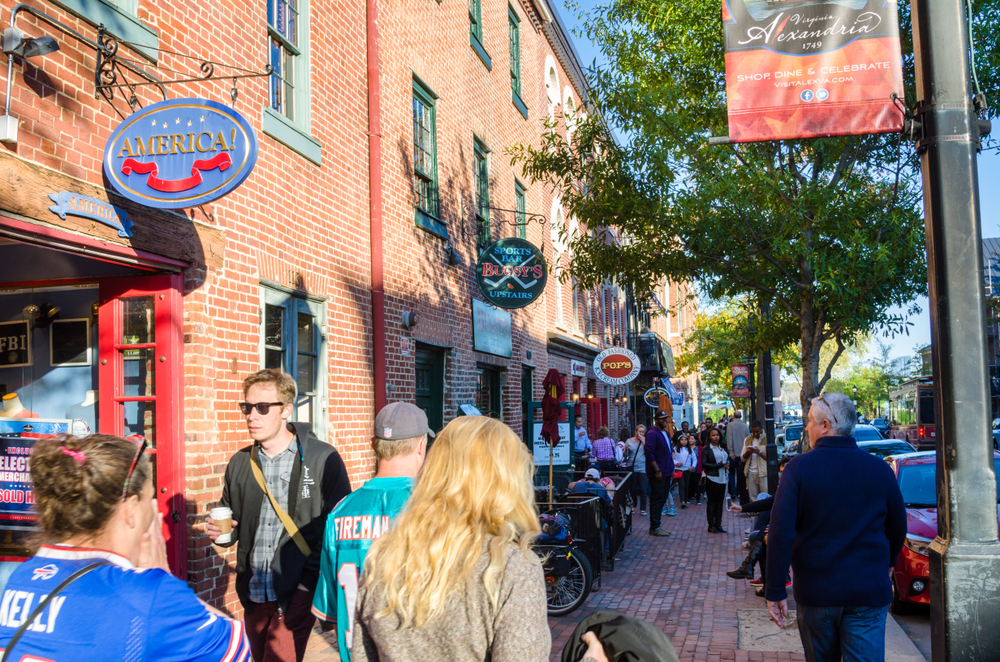In an editorial for Next City, Erin Caldwell writes that urbanists make heavy use of “mixed use.” City residents often say that neighborhoods need a variety of businesses and services to thrive. But what about the type of business?
Caldwell says, “A neighborhood with a high density of businesses that doesn't meet the weekly needs of its residents is no different from an area with no businesses in terms of walkability. Walkability is, at least in part, It relies on a general retail presence.”
For Caldwell, this presents an opportunity for cities to guide development through zoning codes. “How can cities encourage the presence of businesses that meet everyday necessities? Industry-based zoning is not new, but traditional zoning does not take business utility into account. What happens if we allow profitable businesses in residential and mixed-use areas and push unhelpful businesses into industrial and commercial areas?”
Of course, usefulness is subjective, so writing and applying this type of code can be difficult. Caldwell suggests creating objective measures such as the number of in-person transactions and amenities such as public restrooms, bike storage, and public seating. “In addition to zoning changes, mixed-use enrichment can be achieved by allowing business space attached to residential units, commonly known as attached commercial units.”
For Caldwell, retail can have a huge impact on the community. “Accessible retail and recreation centers are similar to 'town squares' in that they provide a place and reason for neighbors to gather. Repeated visits to businesses increase the possibility of interaction not only with neighbors but also with business staff who form an integral part of the community. ”


